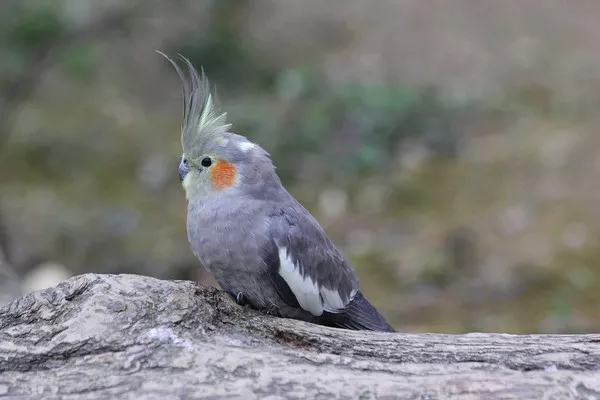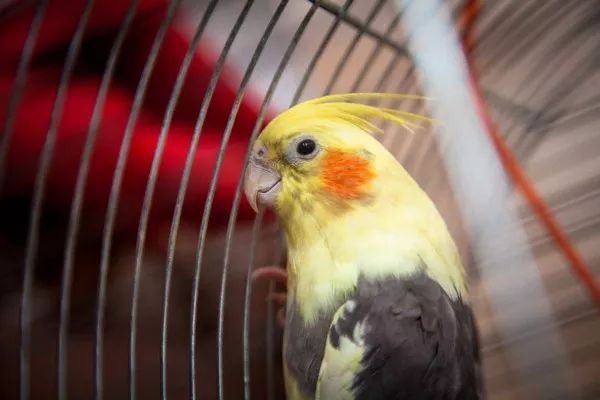Albino pythons, also known as albino Burmese pythons (Python bivittatus), are a popular and fascinating reptile species known for their striking white or yellow coloration. As with any snake species, understanding the growth and size potential of albino pythons is important for their proper care and habitat requirements. In this article, we will explore the growth patterns and maximum size that albino pythons can reach, shedding light on their impressive size and considerations for responsible ownership.
Growth Patterns of Albino Pythons
Albino pythons, like other python species, exhibit rapid growth during their early years. They are known for their ability to grow at a significant rate, particularly during their first few years of life. Factors such as genetics, nutrition, and environmental conditions play a role in determining the growth rate of albino pythons.
Typically, albino pythons will experience accelerated growth during their first year, and their growth rate may slow down as they approach adulthood. However, it is important to note that individual variations may occur, and growth rates can vary based on genetic factors and environmental conditions.
Size Potential of Albino Pythons
Albino pythons are among the largest snake species in the world. They have the potential to reach impressive lengths and weights as they mature. The size of albino pythons can be influenced by various factors, including genetics, nutrition, and overall health.
On average, adult female albino pythons can grow to be around 12 to 18 feet in length (3.7 to 5.5 meters), with some exceptional individuals reaching lengths of up to 20 feet (6 meters) or more. Adult male albino pythons are generally slightly smaller, ranging from 10 to 16 feet in length (3 to 4.9 meters). It is important to note that these measurements are approximate, and individual variation can occur.
Care and Considerations for Albino Pythons
Providing proper care for albino pythons is crucial to ensure their well-being and promote healthy growth. Here are some important considerations for responsible ownership:
a. Enclosure Size: Due to their potential size, albino pythons require spacious enclosures to allow for adequate movement and exercise. A suitable enclosure should provide enough space for the snake to stretch out fully and move around comfortably.
b. Environmental Conditions: Albino pythons are ectothermic, meaning they rely on external sources of heat to regulate their body temperature. It is important to provide a temperature gradient within the enclosure, with a warm basking spot and cooler areas to allow the snake to thermoregulate. The humidity levels within the enclosure should also be monitored and maintained at appropriate levels.
c. Feeding and Nutrition: Albino pythons are carnivorous and primarily feed on rodents. A proper feeding schedule and a diet consisting of appropriately sized prey items are essential for their growth and overall health. It is important to consult with reptile experts or veterinarians to ensure a balanced and appropriate diet for albino pythons.
d. Veterinary Care: Regular veterinary check-ups are crucial for monitoring the health of albino pythons. Routine examinations can help detect any potential health issues early on and ensure appropriate medical interventions, if necessary.
Responsible Ownership and Potential Challenges
Owning an albino python or any snake species requires a commitment to responsible ownership. Potential challenges associated with owning a large snake like an albino python include the need for adequate space, handling considerations, and potential restrictions imposed by local regulations or laws.
It is important to thoroughly research and understand the specific needs and requirements of albino pythons before deciding to own one. Additionally, seeking guidance from experienced reptile owners or consulting with reptile specialists can provide valuable insights and assistance in properly caring for these impressive snakes.
Conclusion
Albino pythons have the potential to grow into impressive and awe-inspiring creatures. Their growth patterns and size depend on various factors, including genetics, nutrition, and environmental conditions. Responsible ownership of albino pythons involves providing appropriate care, spacious enclosures, proper nutrition, and regular veterinary check-ups.
Understanding the growth potential and size of albino pythons is crucial for their well-being and the well-being of their owners. By ensuring responsible ownership practices and seeking guidance from reptile experts, individuals can provide a suitable environment for these remarkable snakes to thrive and reach their maximum size potential.
Related Topics:

























